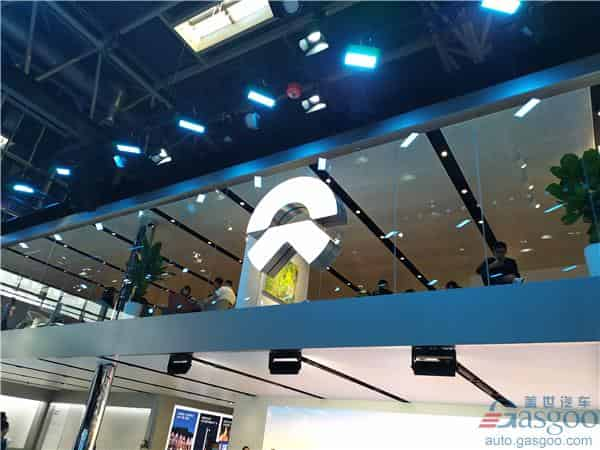NIO not to raise car prices temporarily, aims to be profitable in 2024
Currently, NIO does not have any plans to raise its car prices yet, even though it is also under the pressure of raw materials cost increase, William Bin Li, founder, chairman and CEO of NIO, said at a quarterly earnings call on March 25.

The company has some plans to upgrade intelligent hardware for its three models currently for sale, namely, the ES8, the ES6 and the EC6 called “866 models” for short) and offer the aftermarket-installation services to existing car owners in 2022. Proper price adjustments may come after the hardware upgrades. Besides, NIO will keep an eye on the price change of batteries and raw materials and accordingly make a reasonable pricing strategy.
In light of the cost increase of raw materials, the vehicle gross margin for 2022 will target around 18% to 20%, said Mr. Li.
Speaking of the expectation on ET7's sale performance, Mr. Li said he believes that the ET7 is going to contribute to NIO's further sales growth and will not affect the current sales of the 886 models.
In the second quarter of 2022, the startup plans to launch its fifth production model ES7, the second of the three NT2 platform-based models NIO is ready to launch this year, with the pricing information to be unveiled then. The delivery is expected to kick off in the third quarter of 2022. Positioned as a premium full-sized five-seater SUV, the ES7 targets the locally-made BMW X5L. The current market size of this segment is over 200,000 units.
The businesses of NIO's mass-market brand are being advanced smoothly. Up until now, the building of core teams has been completed and the first batch of vehicles has gone into a crucial R&D phase.
With regard to the production capacity, Mr. Li revealed the capacity of the first plant is likely to reach 60 JPH jobs per hour) by the middle of this year. For the second factory, if it works for 4,000 hours per year, the annual production capacity would be 240,000 units, namely, around 20,000 units per month. If it works overtime to 5,000 hours per year, then the yearly production capacity would reach around 300,000 units.
NIO expects to see some fundamental improvements in the vehicle production capacity in the fourth quarter of this year, helping break the bottleneck of manufacturing capacity for the next-step production.
As for battery supply, starting from last year, NIO has worked with its main battery supplier CATL, who agreed to add additional production lines for battery cells. According to NIO's current plan for 2022, the battery production capacity should be able to meet its demands.
The chip shortage is now a big challenge for NIO. Mr. Li said a NIO's vehicle needs over 1,000 chips, around 10% of which may face supply constraints. The trouble mainly resulted from the lack of common chips or cheaper chips. However, regarding high-end chips like Qualcomm Snapdragon 8155, the effect is much smaller as NIO has long-term strategic partnerships with those suppliers.
Moreover, NIO expects the annual R&D investment in 2022 to be more than doubling than that of 2021, and the number of its R&D staff to reach around 9,000 by the end of this year. It also wishes to achieve the quarterly break-even point in the fourth quarter of 2023 and become profitable in 2024.
For the global business, Mr. Li said NIO plans to offer its products and services in German, the Netherlands, and Denmark in 2022. Currently, the team building works and relevant market-entry preparations are well underway.
Steven Feng Wei, NIO's chief financial officer, added that the company currently can deliver around 100 ES8s per month in Norway. Although the overseas markets are not expected to significantly contribute to NIO’s overall sales this year, for the long run, the sale volume will be naturally driven higher as a result of NIO's dedication to perfecting its global product and service layouts and building local user communities.

